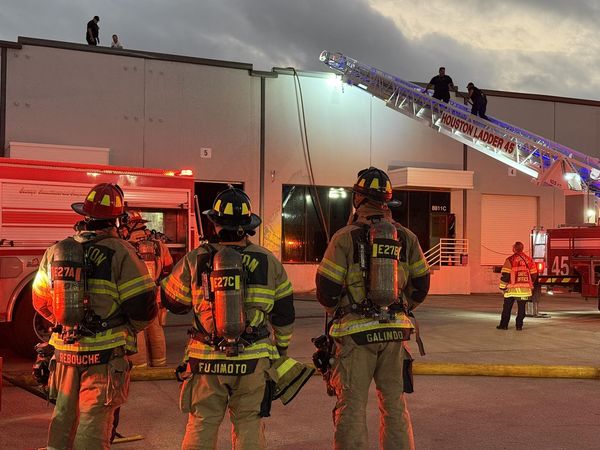SoFi Technologies is a high-volatility stock that just bounced back above the 50-day moving average.
Implied volatility is very high, which means juicy options premiums.
Implied volatility is currently at 75%, which gives the stock an IV percentile of 86%. This means the current level of implied volatility is higher than 86% of all other readings in the last 12 months.
In part, that is because fourth-quarter earnings will be announced later this month.
SoFi is a financial services platform offering a range of products. Those include student loan refinancing, personal loans, home loans and credit cards.
In the third quarter, SoFi reported net income of 5 cents per share and a 30% year-over-year revenue increase to $697 million, surpassing analyst expectations.
SoFi Cash-Secured Put Trade
One way to take ownership of a stock for less than the current price is via a cash secured put option trade.
Let's take a look at how a cash secured put trade might look on SoFi.
As a reminder, a cash-secured put involves writing an at-the-money or out-of-the-money put option and simultaneously setting aside enough cash to buy the stock.
The goal is to either have the put expire worthless and keep the premium, or to be assigned and acquire the stock below the current price.
It's important for traders selling puts that they understand they may be assigned 100 shares at the strike price.
Let's assume we're happy to buy 100 shares of SoFi at a price of 15 any time between now and Jan. 31.
SoFi Cash-Secured Put Generates $85 In Premium
Selling a Jan. 31, 15-strike put would generate around $85 in premium. The put seller would have the obligation to purchase 100 shares of SoFi at 15 if called upon to do so by the put buyer.
The breakeven price for the trade is calculated by taking the strike price less the premium received. In this case, that gives a breakeven price of 14.15. That's 8.77% below Wednesday's closing price.
If the stock stays above 15 at expiry, the put expires worthless, leaving the trader with an impressive 6.01% return on capital at risk. That works out to around 137% on an annualized basis.
The main risk with the trade is similar to outright stock ownership: If the stock falls sharply, the trade will suffer a loss. However, the premium from selling the put will partially offset the loss.
The maximum loss on the trade would occur if SoFi fell to $0, which would see the trade lose $1,415. But most traders would cut their losses before then.
Cash secured puts are a fantastic way to generate a nice return on stocks the trader is happy to own.
If the put does get assigned, the investor takes ownership with a reduced cost base and can potentially begin selling covered calls to generate additional income from the position.
SoFi Stock Owns Positive Ratings
According to the IBD Stock Checkup, SoFi is ranked No. 4 in its industry group. It has a Composite Rating of 93, an EPS Rating of 81 and a Relative Strength Rating of 96.
It's important to remember that options are risky and investors can lose 100% of their investment.
This article is for education purposes only and not a trade recommendation. Remember to always do your own due diligence and consult your financial advisor before making any investment decisions.
Gavin McMaster has a Masters in Applied Finance and Investment. He specializes in income trading using options, is very conservative in his style and believes patience in waiting for the best setups is the key to successful trading. Follow him on X/Twitter at @OptiontradinIQ







